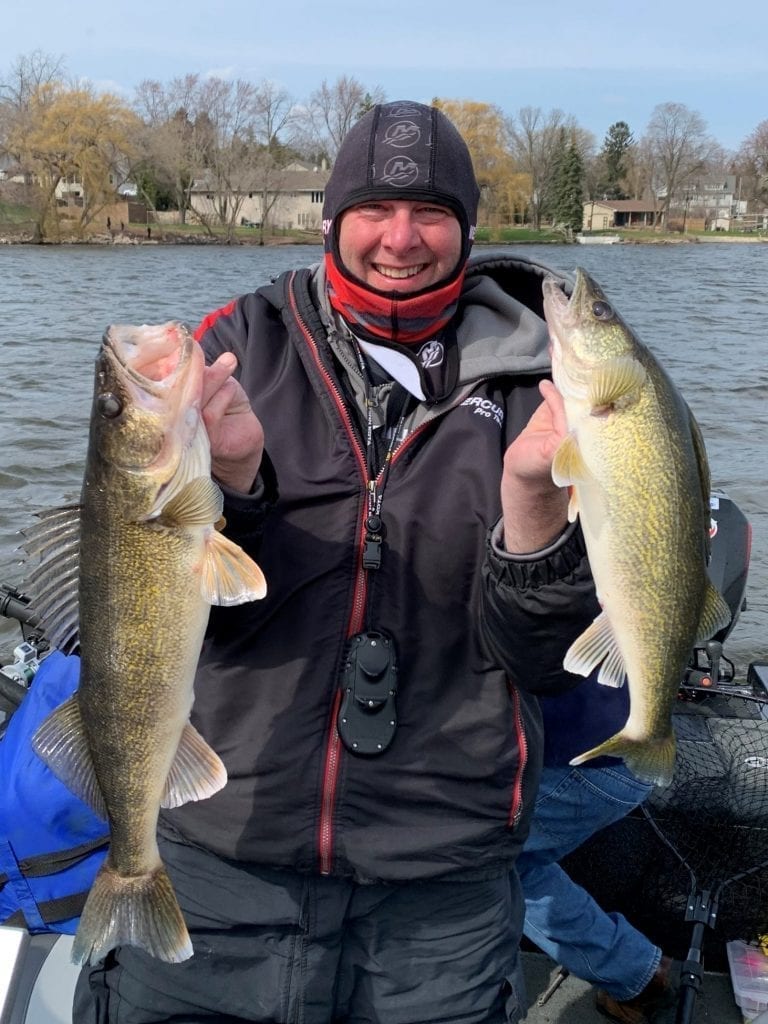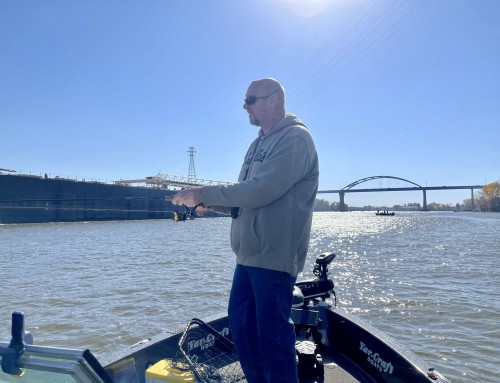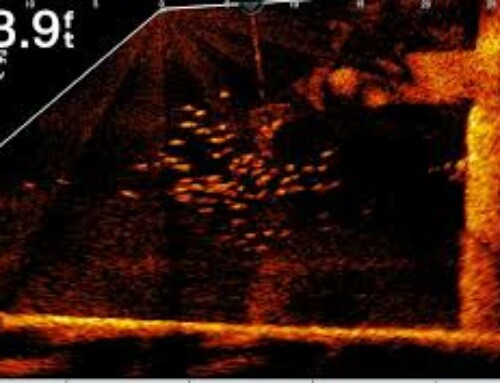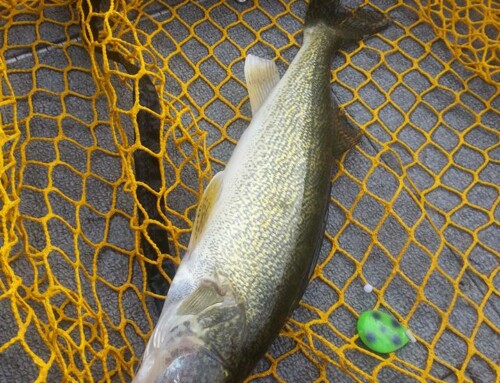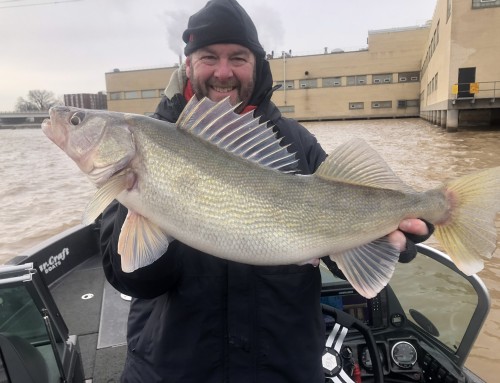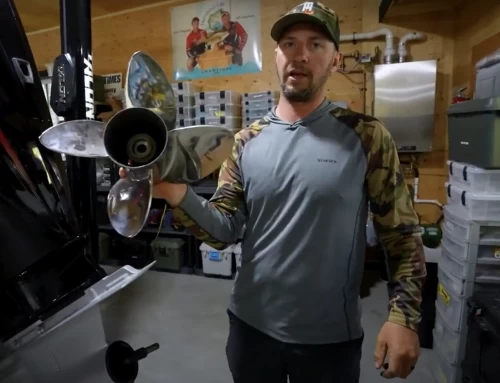Mark Schram Myfishingpartner.com
Warm winters can significantly affect the ecological balance of freshwater ecosystems, particularly fish species like the walleye (Sander vitreus). In regions like Wisconsin, fluctuations in winter temperatures can influence the timing and success of walleye spawning.
Effects on Walleye Spawning: Walleye spawning typically occurs in early spring when water temperatures rise to the low to mid 40’s. However, warm winters can disrupt this natural cycle. According to the Wisconsin DNR, the ice cover on Lake Winnebago and the Bay of Green Bay may be thinner or absent in years with milder winters. This can lead to earlier melting and warmer water temperatures, prompting walleye to spawn earlier than usual.
Statistics from the Wisconsin DNR indicate that during warm winters, the spawning period for walleye in these regions can advance by several weeks compared to typical years. For example, in recent years with above-average winter temperatures, walleye spawning in Lake Winnebago has commenced as early as late February, whereas in colder winters, spawning usually begins in late March to early April. Aquatic plants can be impacted, changing the lake’s DNA to favor bass more than walleye.
Warm Weather Spawning
- Early Spawn: Warm weather can begin the walleye spawning season early. This can be beneficial if the conditions remain favorable throughout the spawn, allowing for successful reproduction before adverse weather events occur.
- Acceleration of Development: Higher temperatures can accelerate the development of walleye eggs and larvae. This can lead to a quicker hatching period and potentially increase survival rates if food sources are abundant.
- Shallower Spawning Areas: Warm weather may cause walleye to spawn in shallower waters than usual. While this can make them more accessible to anglers, it can also expose eggs and fry to greater predation risk or environmental stressors like fluctuations in water levels or temperature.
- Increased Vulnerability to Predators: If warm weather coincides with the walleye spawn, it can attract predators like birds, larger fish, or mammals to the spawning areas. This increased predation pressure can reduce the overall success of the spawn.
- Altered Behavior: Warm temperatures may alter the behavior of walleye during the spawn. They may be more active or aggressive in seeking out spawning sites or spawn in smaller groups due to changes in water temperature and currents.
- Impact on Oxygen Levels: Warm weather can reduce the oxygen levels in water bodies, especially if coupled with other factors like increased nutrient runoff or algal blooms. Low oxygen levels can stress walleye during spawning, potentially reducing egg viability or increasing disease susceptibility.
- Long-Term Population Effects: If warm weather patterns persist over multiple years, it can impact the long-term population dynamics of walleye. Changes in spawning success rates, growth rates, and overall population size can occur, potentially affecting recreational fisheries.
Furthermore, the early onset of walleye spawning due to warm winters can challenge fisheries management. Fisheries managers must adapt their management practices to account for these shifts in spawning behavior. This may involve adjusting regulations and stocking programs to ensure the sustainability of walleye populations in the long term.
Conservation Efforts: In response to the potential impacts of warm winters on walleye populations, the Wisconsin DNR and other conservation organizations have implemented various conservation efforts. These efforts aim to monitor walleye populations, understand the effects of environmental changes, and implement sustainable management practices.
One such initiative is the collection of data on walleye spawning behavior and population dynamics. Researchers can gather valuable information to inform management decisions through techniques such as electrofishing surveys and tagging studies.
Warm winters profoundly affect the timing and success of walleye spawning in Lake Winnebago and the Bay of Green Bay. As temperatures continue to fluctuate due to seasonal change, monitoring and adapting to these environmental changes is imperative to ensure the sustainability of walleye populations. Through collaborative efforts between government agencies, conservation organizations, and the public, we can work towards preserving the ecological integrity of these freshwater ecosystems for future generations.

